I live in a rural area where power outages are commonplace. It doesn’t seem normal when a week goes by without the power flickering or going completely out for at least a few minutes. Before we had a whole house generator installed, we would lose the contents of our refrigerator and freezer at least once or twice a year. These days I just have to listen to Jeanne complain that the refrigerator is either too cold and freezing the food or not cold enough to preserve it. When AcuRite asked if I would like to review their Digital Refrigerator Thermometer and Freezer Thermometer sensors with Temperature Alerts, I thought it would be the perfect tool to find out if my Kenmore fridge was working correctly or if I needed to call a repair man.
Note: Images can be clicked to view a larger size.
What’s in the package?
Display unit
Fridge sensor
Freezer sensor
Instructions
The display unit has two LCD displays with buttons to toggle the audible alarm, hi/low reset button and temperature adjustment buttons.
On the back of the display unit is a Fahrenheit / Celsius temperature switch, reset switch, speaker, four magnets and a flip out stand. You can either stick the unit on the outside of your fridge, set it on a flat surface, or you can mount it on the wall using the nail slot.
Under the flip out stand you will find the battery compartment. The display unit runs on 2 AAA batteries which are not included.
As mentioned above, the display unit can be placed on any flat surface as long as it is within 75 feet of the temperature sensors. For my review, I mounted the display unit on the side of the refrigerator.
The package comes with two sensors. One for the fridge and one for the freezer.
The sensors are the same, but the fridge sensor runs on 2 AA alkaline batteries which are not included and the freezer sensor runs on 2 AA lithium batteries which are also not included. Why are different types of batteries required? Alkaline batteries are able to operate from -4° F – 100° F (-20° C -37° C) and lithium batteries have a range of -40° F – 100° F (-40° C -37° C). To keep food safe, a refrigerator is normally set so it keeps the temperature at 33° F and a maximum of 40° F. A freezer is typically set to -22° F and a maximum of 0° F. Since alkaline batteries don’t operate well in the freezer temperature range, lithium batteries are suggested.
On the back of each sensor is a suction cup which is removable and a spring clip.
I didn’t have any lithium batteries on hand for the freezer sensor and didn’t feel like buying any, so I started out only testing with a sensor in the fridge but later installed alkaline batteries in the freezer sensor. Yes, I like to live on the edge 😉 With the batteries installed, the display unit shows the current temperature sensor readings along with the max and min readings.
The shelves in my fridge were too thick for the sensor clip to work, so I first tried the suction cup. Unfortunately, that didn’t work either as the sensor just slid down the wall after a few minutes. I ended up just placing the sensor on one of the shelves.
I was surprised that it took quite a while for the display unit to show the correct temperature reading for the sensor in the fridge. It started out at 70 degrees and slowly moved down to 40 degrees after a couple hours! I am still not sure why it takes so long for it to show the right temperature. The instructions say that data is transmitted every 16 seconds so the initial delay is a mystery.
An audible alarm (high pitched beep) can be toggled on and off to alert you when the temperature exceeds the programmed range. The default range is 33° F – 40° F for sensor 1 and -22° F – 0° F for sensor 2. You can adjust the minimum and maximum ranges using the +/- buttons on the display unit for each sensor. To prevent the alarms from going off when someone opens the refrigerator door and stands there for 5 minutes “shopping” for a snack, the alerts are only triggered if a temperature is out of range for more than 15 minutes.
After using this device for a couple of weeks, I’ve learned that my refrigerator is operating properly. At least for the location where I placed the sensors. We still have colder spots in fridge where food will freeze.
The AcuRite Digital Refrigerator Thermometer and Freezer Thermometer sensors with Temperature Alerts is a relatively inexpensive and easy way to monitor the temperatures in your refrigerator and freezer. It’s a nice peace of mind if you travel a lot and want to make sure that your food hasn’t spoiled due to warm temperatures while you were away.
Update 12/9/16
We’re still using these sensors in our refrigerator and freezer. The batteries in the sensors and display are still going strong.
Source: The sample for this review was provided by AcuRite. Please visit their site for more info.
Amazon Echo Show 21 (newest model), Full HD 21" kitchen hub for home organization, with built-in Fire TV and Alexa+ Early Access
13% OffAmazon Echo Spot (newest model), Great for nightstands, offices and kitchens, Smart alarm clock with Alexa+ Early Access, Black
44% OffProduct Information
| Price: | $39.99 |
| Manufacturer: | AcuRite |
| Requirements: |
|
| Pros: |
|
| Cons: |
|

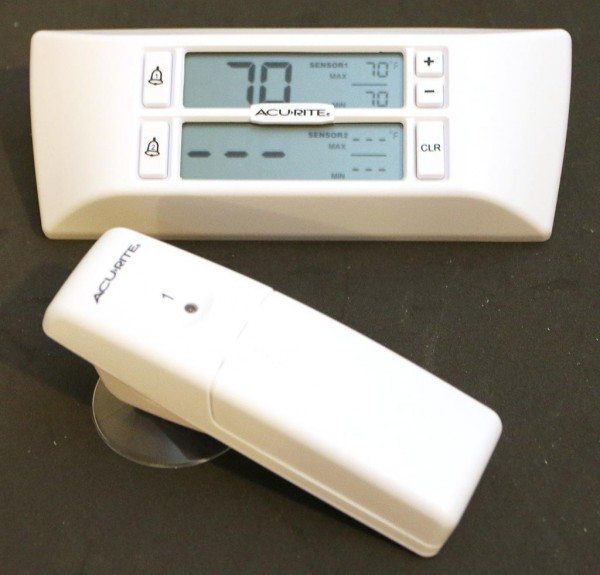
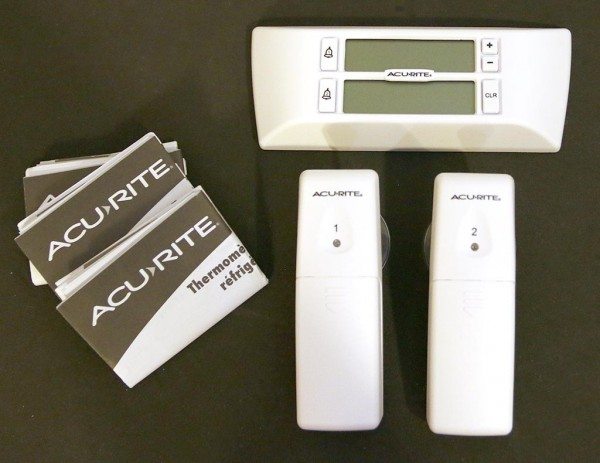
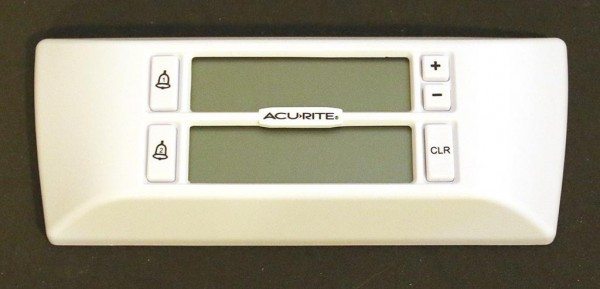
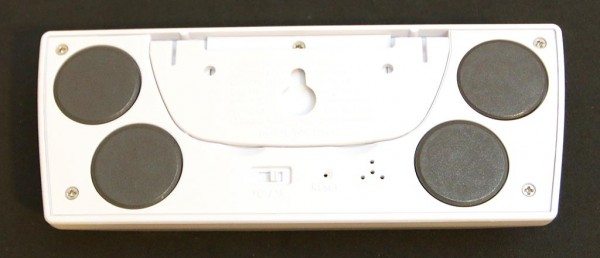
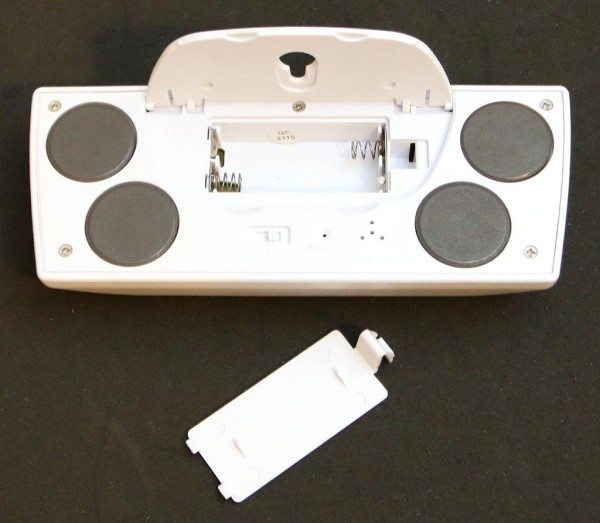
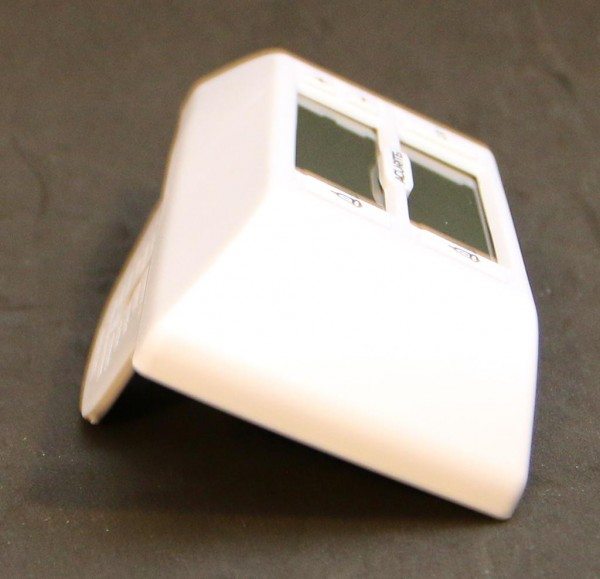
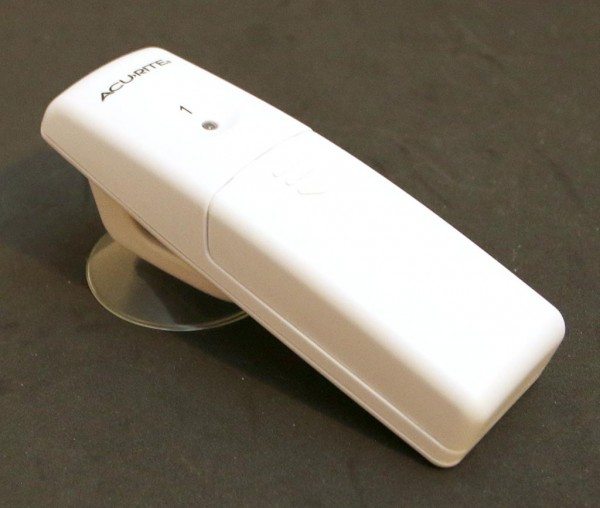
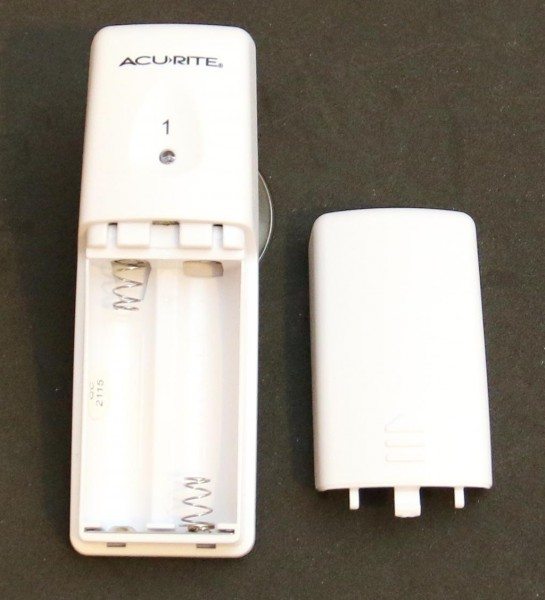
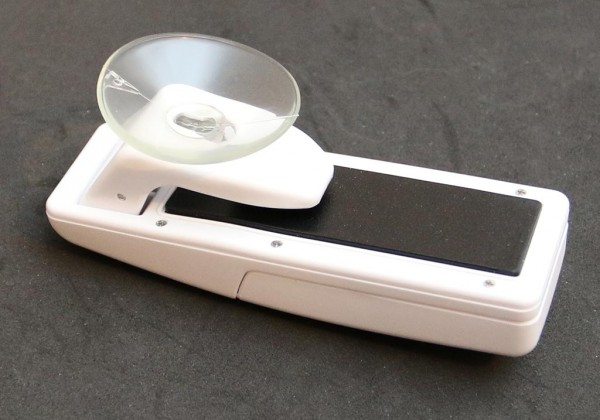
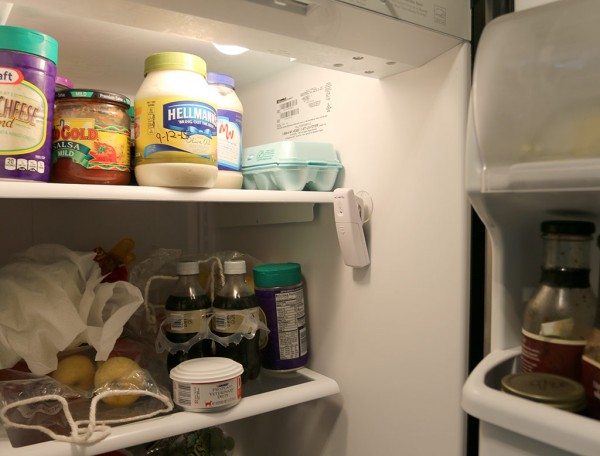
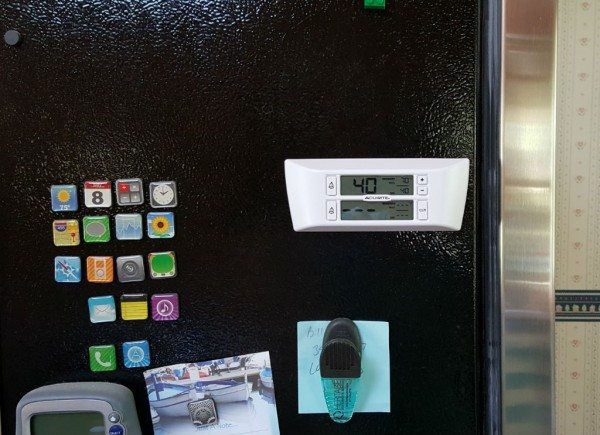
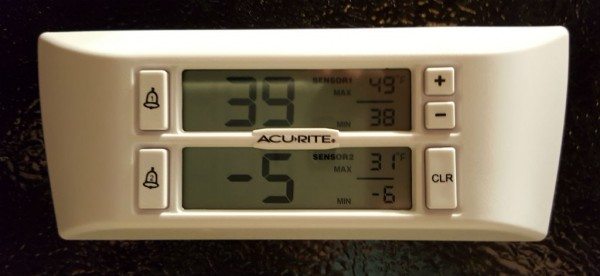


Gadgeteer Comment Policy - Please read before commenting
I use this same kit in my camper. It works perfectly in that application, especially since absorption refrigerators temperatures are not as stable as the compressor type used at home. It saved the contents once by alerting us when the control board in the fridge failed. That paid for the unit and several years worth of batteries.
I have owned this. One of the sensors completely failed. I urge people to read all the one-star reviews at Amazon for this product before buying.